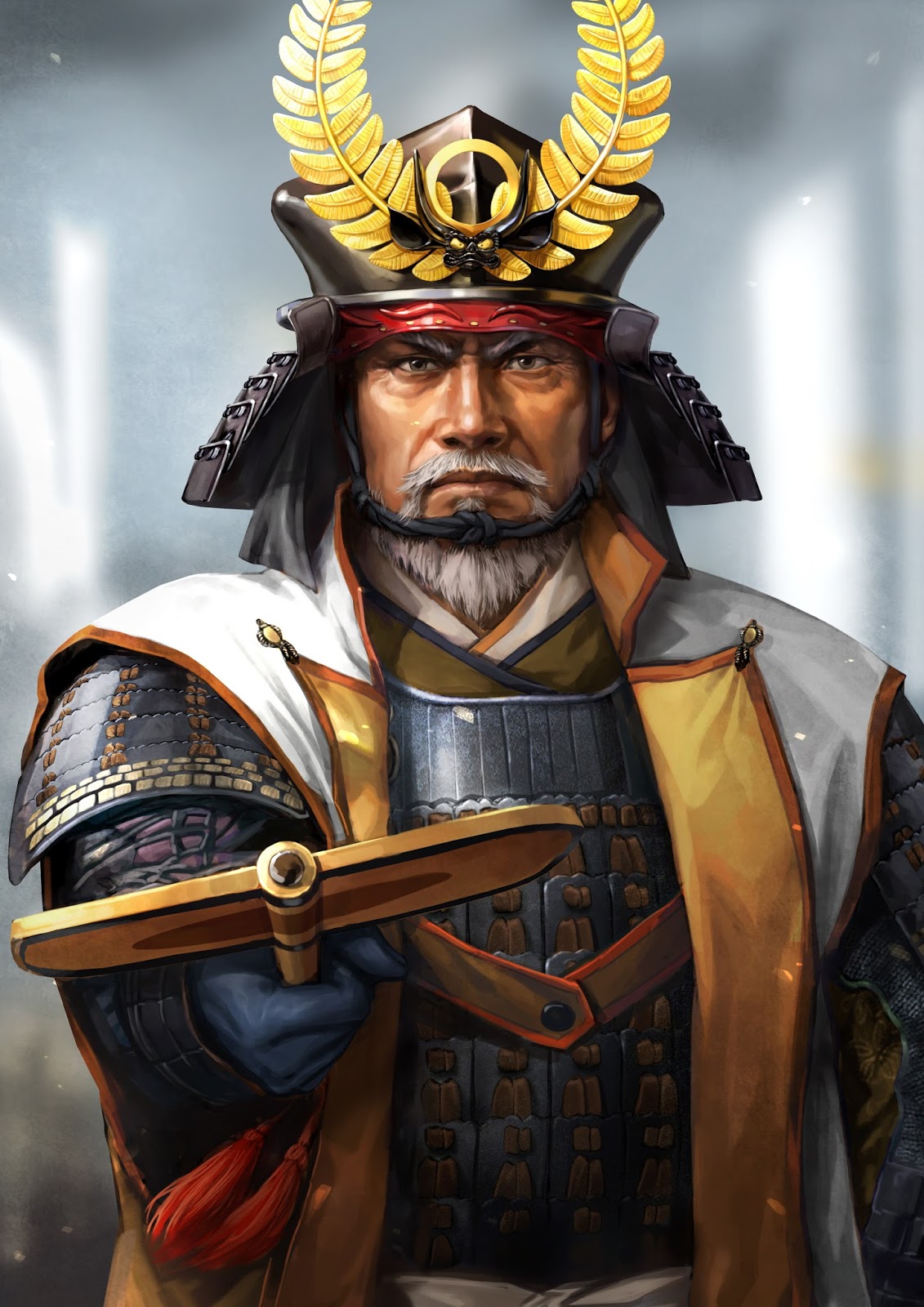Tokugawa Ieyasu: The Architect Of Japan's Unification
Tokugawa Ieyasu was a pivotal figure in Japanese history, known for his role in unifying Japan during the early 17th century. His life story is a fascinating tapestry woven with battles, political maneuvering, and visionary leadership. Born during a time of chaos and fragmentation, Ieyasu's rise to power marked the beginning of the Tokugawa shogunate, which would dominate Japan for over 250 years. His legacy is not only that of a skilled military strategist but also a shrewd statesman who laid the foundations for a stable and prosperous nation.
The early years of Tokugawa Ieyasu's life were marked by adversity, as he was a hostage for much of his childhood, a common practice among feudal lords to ensure loyalty. However, these challenges forged a resilient character that would later help him navigate the treacherous waters of Japanese politics. Ieyasu's strategic alliances and military prowess were instrumental in his eventual victory at the Battle of Sekigahara in 1600, a turning point that solidified his control over Japan.
In this article, we delve into the life and legacy of Tokugawa Ieyasu, exploring his biography, his contributions to Japan's unification, and how his policies shaped the nation for generations. Understanding Ieyasu's impact on Japanese history provides valuable insights into the complexities of leadership and governance in times of turmoil.
What is the Biography of Tokugawa Ieyasu?
Tokugawa Ieyasu was born on January 31, 1543, in Okazaki, Japan. He was the son of a minor daimyo and was initially named Matsudaira Takechiyo. Ieyasu's life was marked by his experiences as a hostage, which played a significant role in shaping his character and leadership style. Over the years, he would rise to prominence, eventually becoming one of Japan’s most powerful leaders.
| Personal Details | Bio Data |
|---|---|
| Name | Tokugawa Ieyasu |
| Born | January 31, 1543 |
| Died | |
| Spouse | Lady Tsukiyama |
| Children | 3 sons, 2 daughters |
| Notable Title | Shōgun |
| Era of Rule | 1603 - 1616 |
How Did Tokugawa Ieyasu Unify Japan?
Tokugawa Ieyasu's unification of Japan was achieved through a combination of military skill, strategic alliances, and political acumen. The key event that led to his dominance was the Battle of Sekigahara in 1600. Here’s how he managed to unite the country:
- **Strategic Marriages:** Ieyasu formed alliances through marriages, securing loyalty from various daimyo.
- **Military Expertise:** His ability as a tactician was evident in numerous battles, allowing him to defeat rival factions.
- **Political Maneuvering:** Ieyasu was skilled in diplomacy, often using negotiation to avoid unnecessary conflict.
- **Establishment of the Tokugawa Shogunate:** After his victory, he established the Tokugawa shogunate, which provided a centralized government.
What Were the Political Strategies of Tokugawa Ieyasu?
Tokugawa Ieyasu's political strategies were critical to his success and the stability of Japan. Some key strategies included:
- **Centralized Authority:** Ieyasu established a centralized government that reduced the power of rival daimyos.
- **Control of Land and Resources:** He implemented land surveys to gain a better understanding of resources and taxation.
- **Promotion of Peace:** Ieyasu encouraged trade and cultural exchange, fostering an environment of peace and prosperity.
How Did Tokugawa Ieyasu Influence Japanese Culture?
Tokugawa Ieyasu's reign marked significant cultural developments in Japan. The peace that followed his unification allowed for the flourishing of arts and culture, including:
- **Theater:** The emergence of Kabuki and Noh theater.
- **Literature:** The development of classic Japanese literature, including works of poetry and prose.
- **Architecture:** The construction of iconic castles and temples, reflecting the era’s architectural advancements.
What Legacy Did Tokugawa Ieyasu Leave Behind?
The legacy of Tokugawa Ieyasu is vast and multi-faceted. His establishment of the Tokugawa shogunate created a long period of peace known as the Edo period, which lasted from 1603 to 1868. This era was characterized by:
- **Economic Growth:** Increased trade and agriculture led to a prosperous economy.
- **Cultural Flourishing:** The arts, crafts, and education thrived during this time.
- **Isolation Policy:** Ieyasu's successors implemented policies that isolated Japan from foreign influence, shaping the nation’s identity.
How Did Tokugawa Ieyasu's Life End?
Tokugawa Ieyasu passed away on June 1, 1616, at the age of 73. His death marked the end of an era, but his influence continued through the Tokugawa shogunate, which persisted for over two centuries. He was posthumously honored as a deity, and his mausoleum at Nikko is a testament to his enduring legacy.
What Can We Learn from Tokugawa Ieyasu's Leadership?
Tokugawa Ieyasu's life offers valuable lessons in leadership and governance. His ability to adapt to changing circumstances, his strategic thinking, and his commitment to peace and prosperity are qualities that modern leaders can emulate. Furthermore, his story underscores the importance of resilience and vision in overcoming adversity and achieving greatness.
Unveiling The Journey Of FHC Crick: A Phenomenon In The Cricketing World
Unraveling The Charismatic Journey Of Statham Actor
Dahmrr: The Rising Star Of The Digital Age


